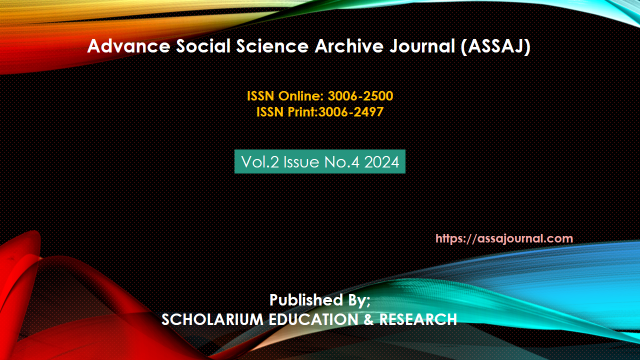THE IMPACT OF CHINA'S BELT AND ROAD INITIATIVE (BRI) IN AFGHANISTAN ON PAKISTAN'S ECONOMY: A STUDY OF TRADE, INVESTMENT, AND REGIONAL CONNECTIVITY
Abstract
China’s Belt and Road Initiative (BRI) has significantly reshaped regional economic dynamics, particularly in South Asia. This study examines the impact of BRI projects in Afghanistan on Pakistan’s economy, focusing on trade, investment, and regional connectivity. As Afghanistan becomes increasingly integrated into the BRI framework, Pakistan stands to gain both opportunities and challenges. Improved infrastructure in Afghanistan can enhance Pakistan’s trade routes, particularly via the China-Pakistan Economic Corridor (CPEC), offering potential economic growth through increased exports and investment flows. However, there are concerns regarding economic competition, security risks, and geopolitical realignments that may influence Pakistan’s economic stability. This study evaluates the long-term implications of Afghanistan’s BRI participation for Pakistan, highlighting both strategic advantages and potential constraints. It argues that while Pakistan may benefit from enhanced connectivity and trade facilitation, strategic policymaking is required to mitigate economic vulnerabilities. The study provides a policy framework to optimize Pakistan’s role in the evolving regional economic order under BRI.
Keywords: Belt And Road Initiative, Afghanistan, Pakistan, China-Pakistan Economic Corridor, Regional Connectivity, Trade, Investment, Economic Impact, Infrastructure Development, Geopolitical Strategy.





